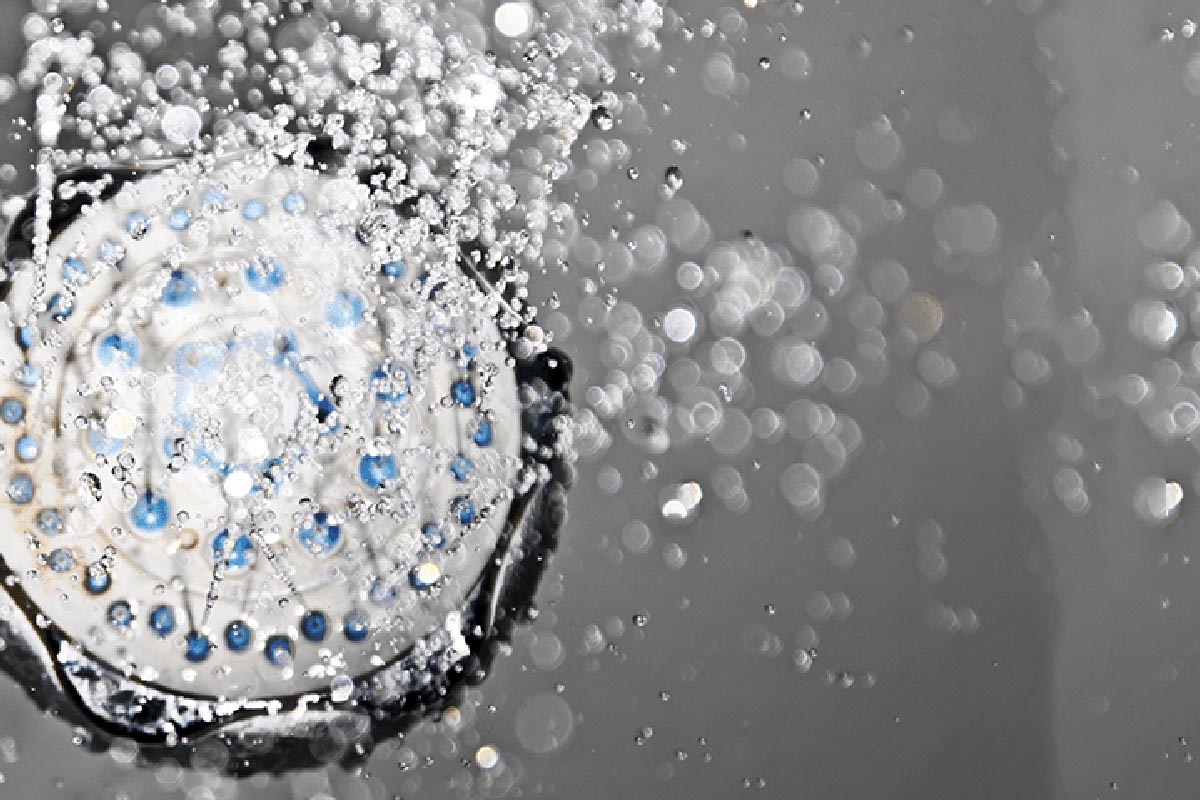As we often find ourselves working on old water systems, we frequently have to deal with a high level of microbiological contamination, which is usually a warning sign that then leads to deep cleaning in order to return the system to a compliant hygienic state.

In the case of systems installed using materials and methods from the last century, for example, iron pipework, the level of contamination is always combined with a high level of oxidation which, in the long term, leads to a progressive and constant drop in water circulation performance, which is more evident in hot water circuits, but also in cold water/mains supply circuits.
Widespread understanding of these phenomena has always led to the belief that the main cause was a high level of water hardness – in other words the percentage of calcium, sodium and other metal ions dissolved in the water – and the resulting reaction with the inner surface of the pipework, above all during periods of stagnation, setting off a whole series of processes able to deposit layer after layer of precipitated material, resulting in the blockage of most of the cross-section of the pipe.
In reality it is extremely likely that this phenomenon is not the manifestation of exclusively chemical-physical processes, but also partially biological ones: it has recently been discovered, purely by chance, that chemolithotrophic bacteria exist in water, in other words bacteria able to survive and proliferate solely by “consuming” metals, able to extract the energy they need to survive from them (for further information, see the bibliography link below the article).
 We therefore cannot rule out, without further studies and publications, the existence of a direct link between the presence of these bacteria which produce energy from inorganic material, and a more complex trophic chain, where pathogens, including Legionella spp. and other ubiquitous potentially pathogenic species, can also find ideal conditions and the availability of all those factors which we know are ideal for growth.
We therefore cannot rule out, without further studies and publications, the existence of a direct link between the presence of these bacteria which produce energy from inorganic material, and a more complex trophic chain, where pathogens, including Legionella spp. and other ubiquitous potentially pathogenic species, can also find ideal conditions and the availability of all those factors which we know are ideal for growth.
We are still waiting for new evidence that could give us further insights into the problem, as well as a greater understanding of what leads to the development of pathogens, and for new methods that could eliminate the risk to our systems.
If you want to know more, visit our website to find our dedicated services.
Bibliographic notes: https://www.nature.com/articles/s41586-020-2468-5 https://www.microbiologiaitalia.it/batteriologia/chemiolitoautotrofi-finalmente-identificati-i-batteri-che-si-nutrono-di-manganese/




Leave A Comment
You must be logged in to post a comment